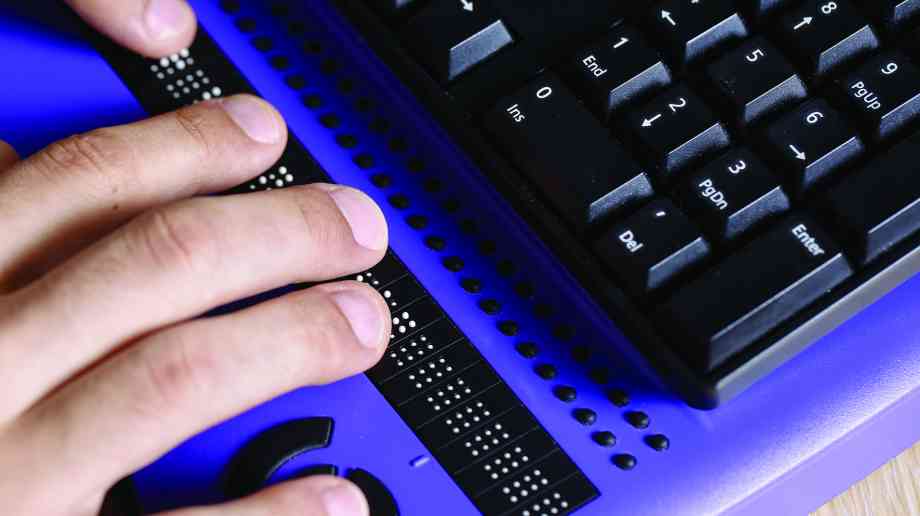Assistive Devices for People with Disabilities: A Descriptive Analysis
Author – Amanullah Shahzada, Executive Member, Voice of Differently Abled Persons, Afghanistan (VODAPA)
Best Citation – Amanullah Shahzada, Assistive Devices for People with Disabilities: A Descriptive Analysis, Journal on Vulnerable Community Development, 1 (1) of 2023, Pg. 115 -119, ISBN – 978-81-961097-0-7.
Abstract
People with disabilities can engage in education, the job market, and civic life with the help of assistive technology, leading healthy, successful, independent lives. The demand for formal health and support services, long-term care, and the effort of carers is decreased by assistive technology. Without assistive technology, individuals frequently experience exclusion, isolation, and poverty, which worsens the effects of illness and disability on an individual, their families, and society as a whole. The phrase “assistive technology” is used to refer to a wide range of products, services, and delivery mechanisms for assistive devices and goods in need. A person’s functioning and independence are maintained or enhanced by assistive products, which is good for them. Assistive devices include but are not limited to, memory aids, wheelchairs, communication aids, spectacles, prostheses, hearing aids, and wheelchairs. More than 1 billion people require at least one assistive product on a global scale.
Keywords: Assistive Technology, Assistive devices, Differently abled Persons, People with Disabilities
